Enlarged Prostate (BPH) Treatments in Tyler, Texas
Advanced, Personalized Solutions for Urinary Symptom Relief
Find Relief from BPH Symptoms
Benign Prostatic Hyperplasia (BPH), or enlarged prostate, is a common condition that can significantly impact urinary function and quality of life. At Rose City Urology, Dr. Ryan Tubre offers a wide range of advanced BPH treatment options — from medications to cutting-edge minimally invasive procedures — to help you regain comfort and control.
We work closely with you to find the right solution based on your symptoms, prostate size, and personal health goals.
We work closely with you to find the right solution based on your symptoms, prostate size, and personal health goals.


.webp)

Common Symptoms of BPH
Frequent or urgent need to urinate
Weak or interrupted urine stream
Difficulty starting urination
Feeling of incomplete bladder emptying
Increased nighttime urination (nocturia)
Urinary leakage or dribbling
BPH TREATMENTS
Treatment Options for BPH
We offer a full spectrum of BPH treatments — from conservative management to advanced surgical options. Every plan is personalized to your needs.
Minimally Invasive BPH Procedures
UroLift® System
Small implants lift and hold the enlarged prostate tissue away from the urethra, relieving obstruction without cutting, heating, or removing tissue.
Rezum™ Water Vapor Therapy
Uses targeted steam to reduce excess prostate tissue. Outpatient procedure with fast symptom improvement.
iTind™ Procedure
A temporary implant reshapes the prostatic urethra to relieve obstruction naturally, without permanent implants.
Aquablation® Therapy - Robotic
Robotic-assisted, waterjet therapy that precisely removes prostate tissue while preserving sexual function.
GreenLight™ Laser Therapy
High-powered laser vaporizes enlarged prostate tissue with minimal bleeding and rapid recovery.
Surgical Options for Severe BPH
TURP (Transurethral Resection of the Prostate)
Traditional surgical removal of prostate tissue for moderate to severe cases.
Simple Prostatectomy
Recommended for very large prostates; can often be performed with robotic assistance for a faster recovery.
Accurate Diagnosis with the UroCuff®
We use the UroCuff® Test, a non-invasive, highly accurate test, to measure urinary flow and bladder pressure — helping guide diagnosis and select the best treatment.
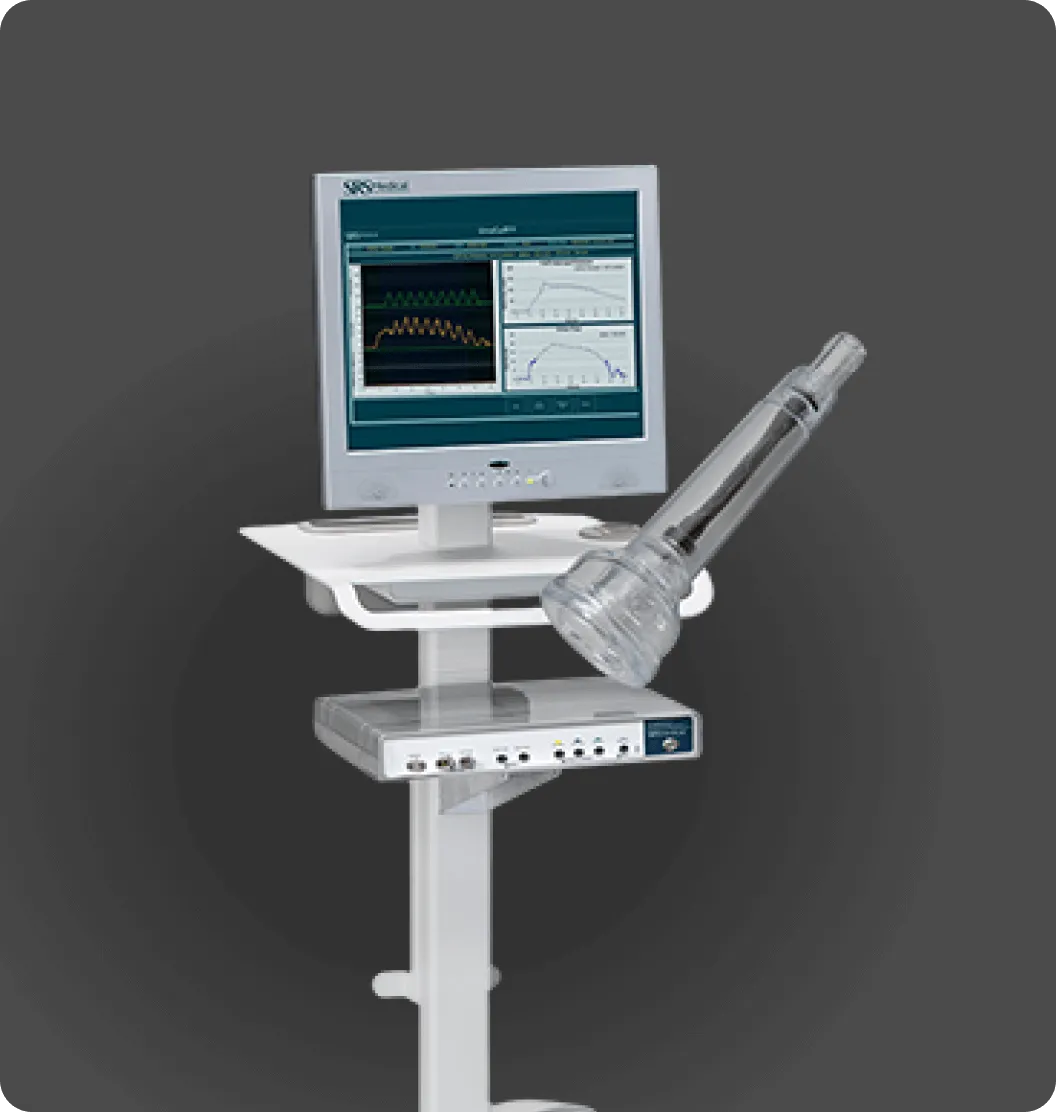
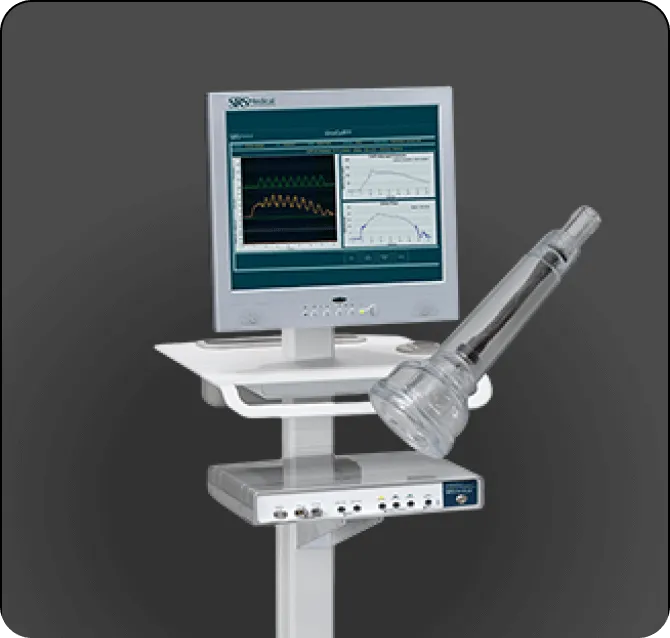
Expert BPH Care, Right Here in Tyler
Trusted Vasectomy Care in Tyler, Texas
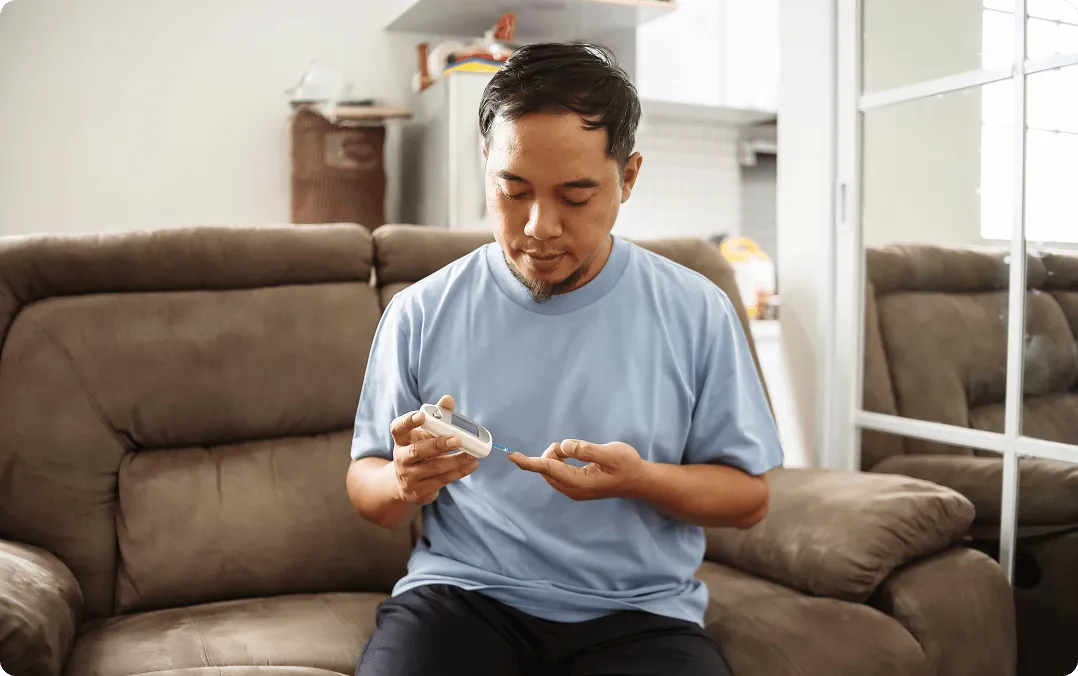

Full range of treatment options from medication to robotic surgery
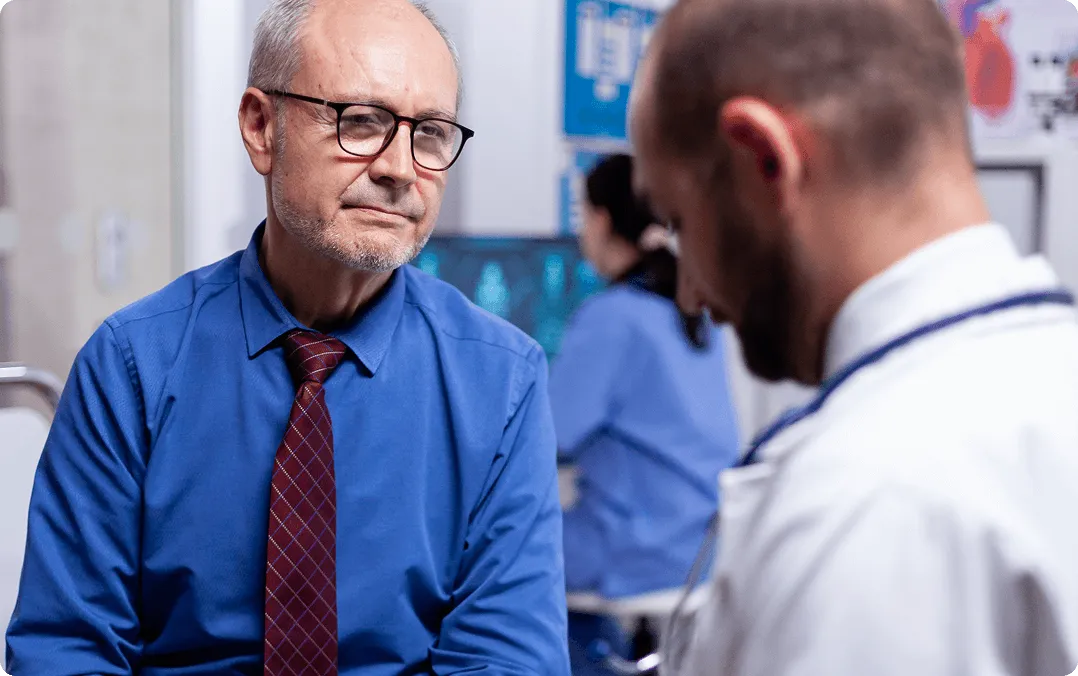
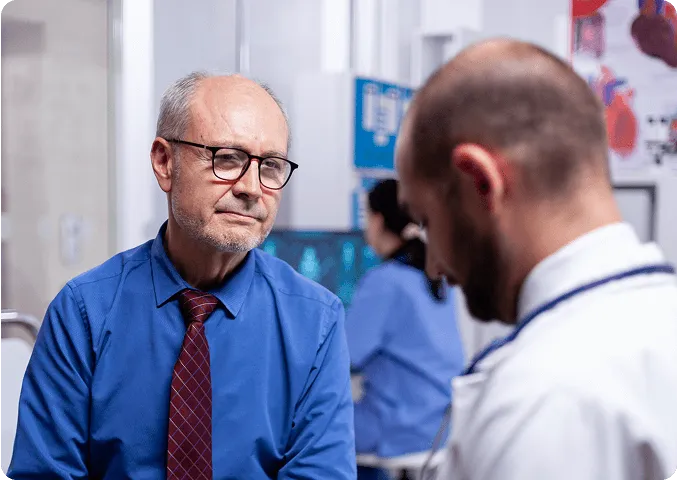
Minimally invasive and outpatient procedures available


Personalized treatment plans based on your lifestyle and goals




